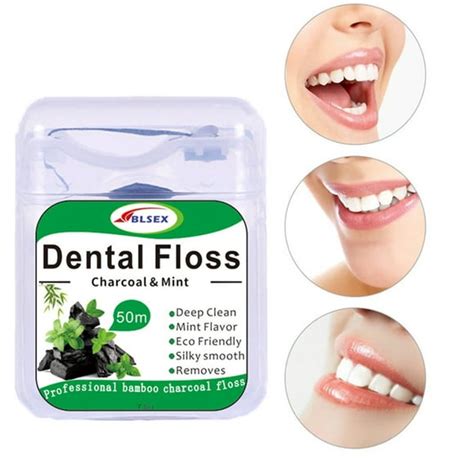Broken Tooth Protection: The Importance of Dental Wax
A chipped, cracked, or broken tooth is a painful and potentially serious dental emergency. While immediate professional dental care is crucial, providing temporary protection until you can see a dentist is vital to prevent further damage and discomfort. This is where dental wax plays a crucial role. This comprehensive guide explores the importance of dental wax for broken tooth protection, addressing common questions and concerns.
What is Dental Wax and How Does it Work?
Dental wax is a soft, pliable wax specifically designed for temporary relief of dental irritations. It's typically made from paraffin wax and other ingredients that make it safe for oral use. Its primary function is to create a protective barrier over the broken or sensitive area of the tooth, shielding it from food particles, temperature extremes, and further trauma. This prevents additional damage and reduces pain and sensitivity. It's a simple, readily available solution that can offer significant comfort until professional treatment can be obtained.
Why is Protecting a Broken Tooth Important?
Ignoring a broken tooth can lead to several complications:
- Increased Pain and Sensitivity: Exposed dentin and pulp (the inner part of the tooth) are highly sensitive to temperature changes, pressure, and even air.
- Infection: Bacteria can easily enter the damaged area, leading to infection and potentially an abscess.
- Further Damage: A broken tooth can worsen with chewing and other normal oral functions, potentially leading to a complete fracture.
- Tooth Loss: In severe cases, a severely damaged tooth may require extraction if not treated promptly.
Protecting the broken tooth with dental wax is a vital first step in mitigating these risks.
How to Use Dental Wax for a Broken Tooth?
Using dental wax is straightforward:
- Clean the area: Gently rinse your mouth with warm water to remove any food particles or debris from the broken tooth.
- Knead the wax: Roll a small piece of dental wax between your fingers to soften it. You only need a small amount.
- Apply the wax: Carefully press the softened wax directly onto the broken area of the tooth, ensuring it completely covers the sharp edges or exposed parts.
- Check for coverage: Make sure the wax is securely in place and covers the entire affected area.
- Reapply as needed: The wax may need to be reapplied throughout the day, especially after eating or drinking.
Remember, dental wax is a temporary solution. It's crucial to schedule an appointment with your dentist as soon as possible.
Can Dental Wax Repair a Broken Tooth?
No. Dental wax does not repair a broken tooth. It only provides temporary protection and pain relief. It's a crucial first aid measure, not a treatment. A dentist will need to assess the damage and determine the appropriate course of action, which might involve bonding, a crown, or other restorative procedures.
What if I Don't Have Dental Wax?
If you don't have dental wax on hand, you can try to find a temporary substitute, such as sugar-free gum (chewed to soften it and molded over the broken area). However, be aware that these substitutes are less effective and may not offer the same level of protection as dental wax. Prioritize getting dental wax or seeing a dentist as quickly as possible.
How Long Can I Use Dental Wax?
Dental wax should only be used as a temporary measure until you can see a dentist. Do not use it for extended periods, as it's not a long-term solution for broken tooth repair. Your dentist will advise on the appropriate treatment based on the extent of the damage.
Where Can I Buy Dental Wax?
Dental wax is readily available at most pharmacies, drugstores, and some grocery stores. It's also often available online. Look for brands that specifically indicate the product is for dental use.
Conclusion: The Importance of Prompt Action
A broken tooth is a serious issue requiring prompt professional attention. Dental wax serves as a critical interim solution, providing essential protection and pain relief. Remember, it's vital to seek immediate dental care after using dental wax to ensure appropriate treatment and prevent further complications. Don't delay; protect your tooth and schedule an appointment with your dentist today.

